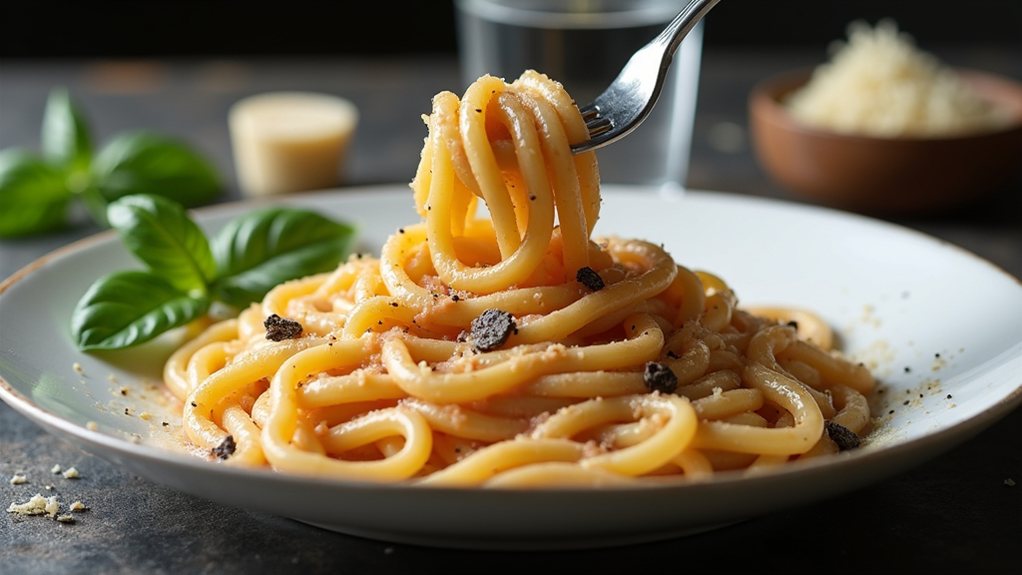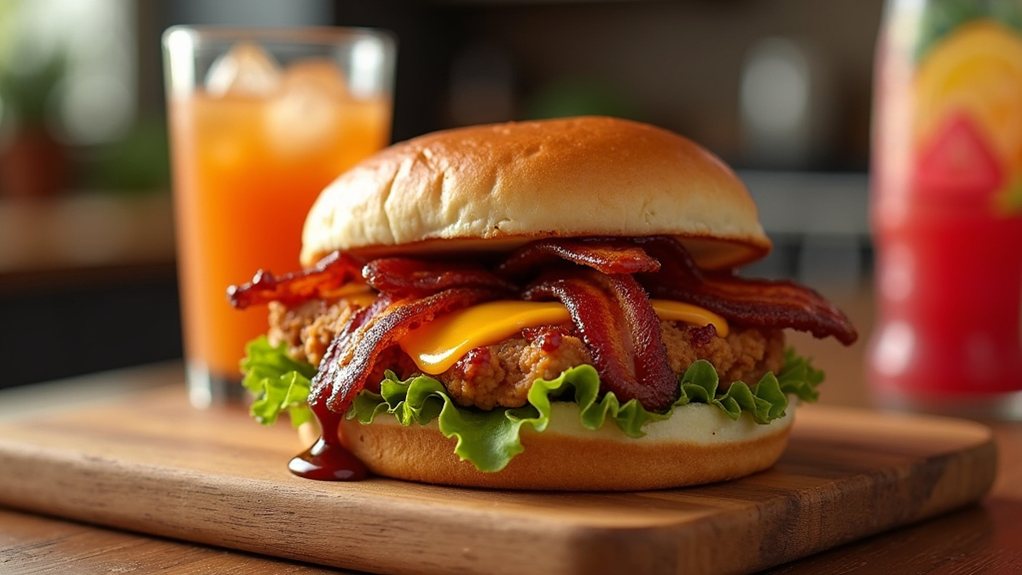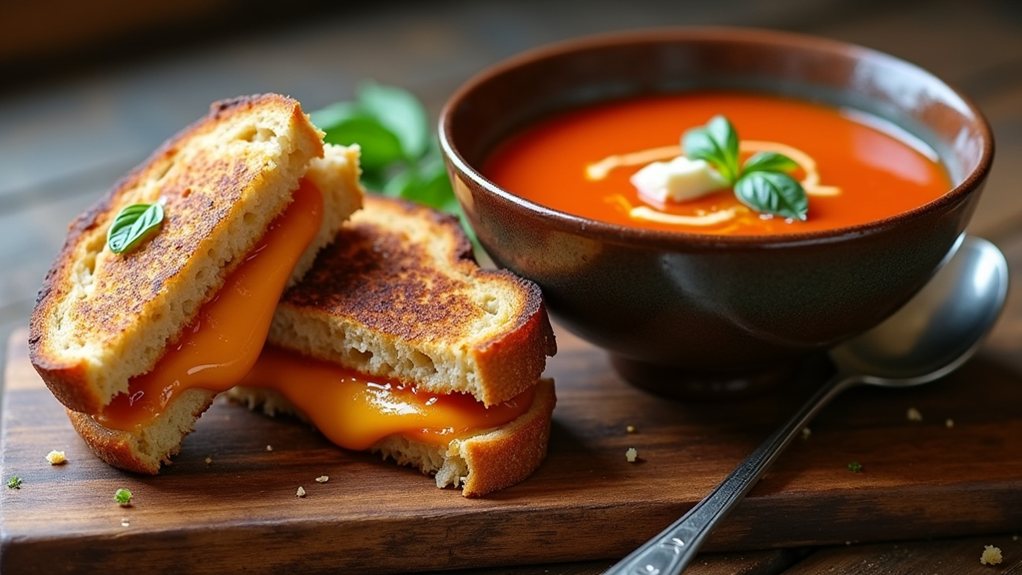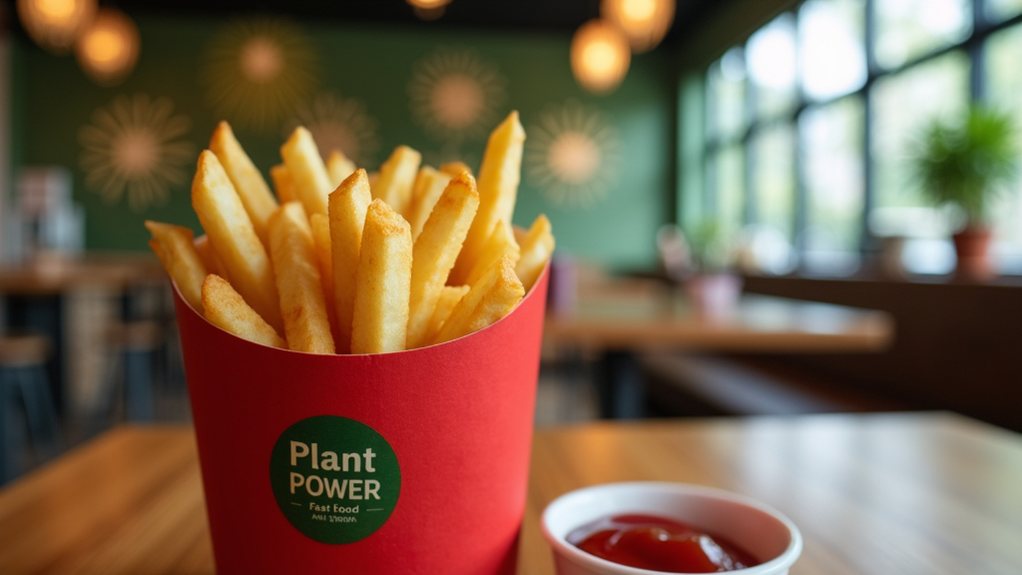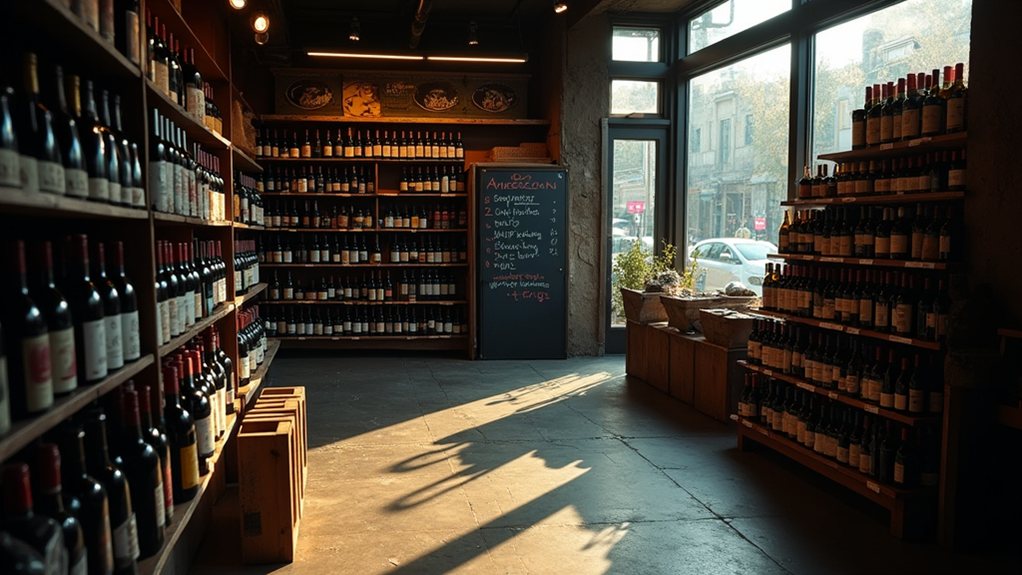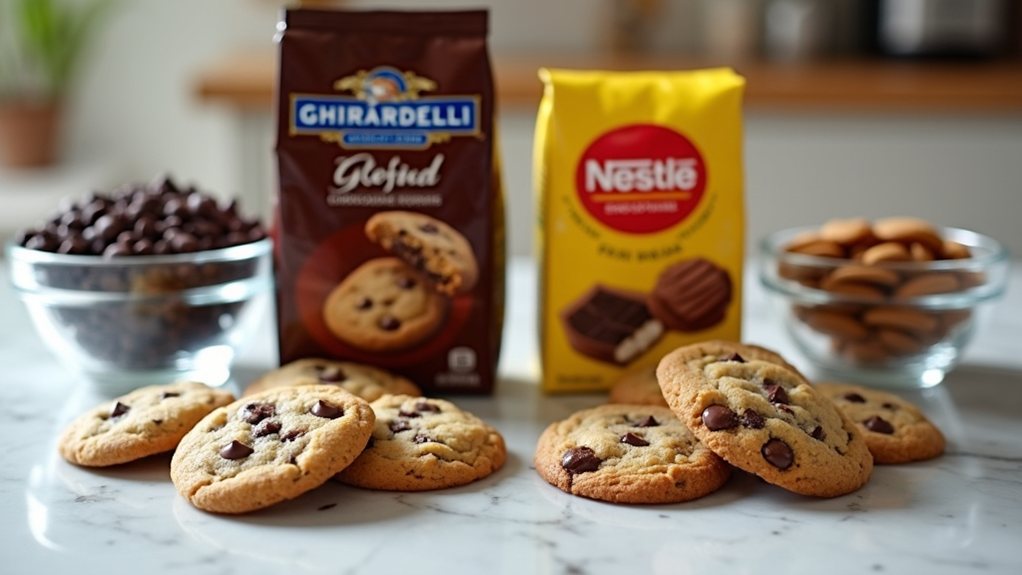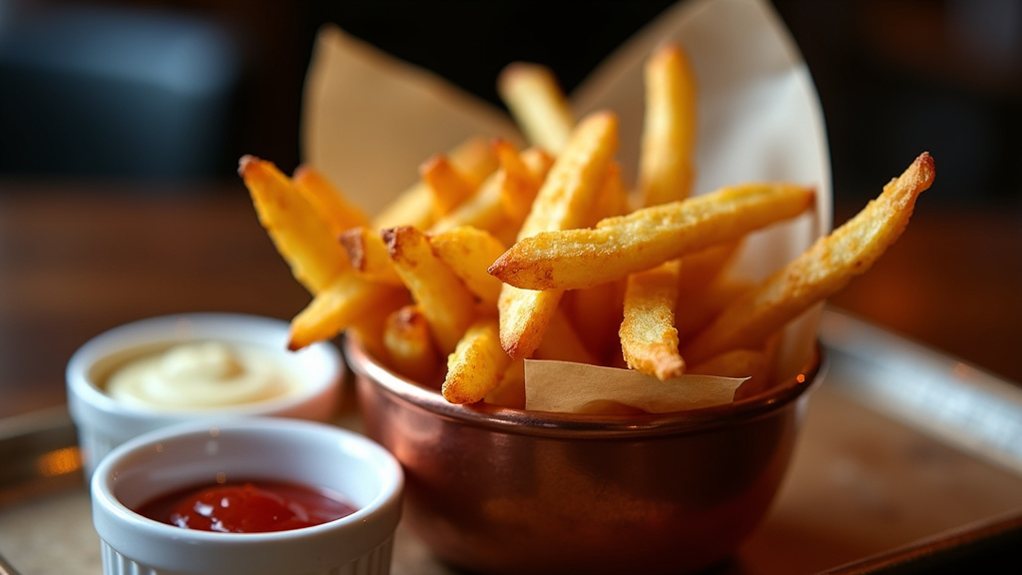Fast-food economics often follow a simple formula: lower prices equal higher volume. Shake Shack, however, has flipped this model on its head. The chain charges premium prices for its burgers and shakes while maintaining long lines of enthusiastic customers. This pricing strategy isn’t just about maximizing profits—it’s about creating a distinct brand identity. What factors convince burger enthusiasts to regularly shell out more for what remains, fundamentally, a fast-food experience?
Premium Pricing Strategy Builds Customer Loyalty

Why has Shake Shack, the fast-casual burger chain, gained a reputation for premium pricing in the fast-food landscape? The answer lies in their deliberate strategy to position themselves above typical fast-food competitors through quality-focused offerings and premium ingredients. Shake Shack has carved out a niche by charging more than conventional burger joints while delivering an improved dining experience that customers consistently deem worth the extra dollars.
Recent price adjustments reflect the company’s response to economic pressures, with a 3% increase in March followed by a 1.5% rise in October. Rather than implementing across-the-board hikes, Shake Shack takes a targeted approach, analyzing regional demographics and customer preferences to determine where price adjustments make the most sense. This calculated strategy helps maintain profit margins without alienating their customer base.
Shake Shack’s strategic price increases reflect market intelligence, raising costs selectively where customer loyalty can withstand it.
Studies have labeled Shake Shack the most overpriced fast-food chain, yet customer loyalty remains remarkably strong. Unlike In-N-Out which enjoys strong local support from California customers, Shake Shack must work harder to justify its pricing nationwide. The chain’s success hinges on creating value perception beyond mere price considerations, offering premium limited-time items like black truffle burgers that justify higher price points. These luxury add-ons, along with premium ingredients such as avocado and cherry peppers, create an upscale aura that raises the brand above standard fast-food fare. The company’s strategic use of limited time offerings has resulted in substantial check price lifts of $3.60 compared to periods before LTO launches.
Technology investments further improve the customer experience while increasing the bottom line. Self-service kiosks have increased average order values, as customers tend to spend more when ordering digitally. The company’s no-tipping policy also contributes to a worry-free dining atmosphere, with staff receiving benefits that encourage better service. Among premium burger chains, Shake Shack ranks in the top tier category alongside Five Guys, while distinguishing itself through unique dining ambiance. Customers accessing Shake Shack’s digital ordering platforms may occasionally encounter issues if JavaScript is disabled in their browsers, affecting the full functionality of the ordering experience.
Despite inflationary pressures affecting quarterly margins, Shake Shack’s emphasis on quality food and exceptional service continues to resonate with consumers. Customer feedback considerably influences both menu design and pricing decisions, creating a responsive business model that adapts to changing preferences.
The emotional connection fostered through this approach has turned what could be seen as a pricing disadvantage into a distinguishing feature, allowing Shake Shack to flourish in a crowded marketplace where value is measured by more than just the number on the receipt.

